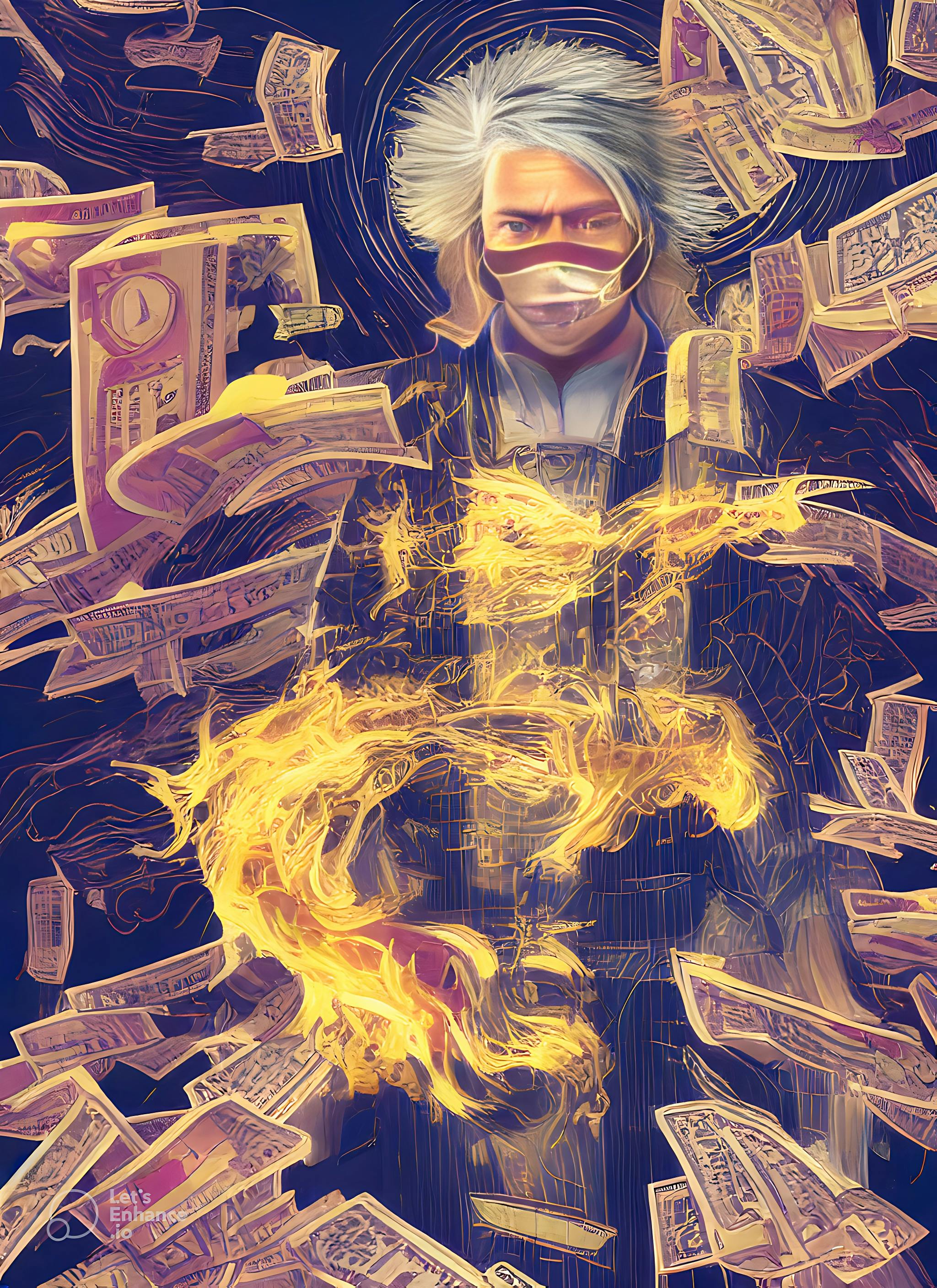I ended my last post by mentioning "the other Satoshi." This person's work inspired and shaped the idea behind my proposal to Tony, a proposal that could potentially change how anime projects are financed and distributed.
Satoshi Kon bent the rules of storytelling using anime as the art form. The other Satoshi bent the rules of the global financial system using computer code and mathematics as his tools. I'm speaking of Satoshi Nakamoto, which according to Wikipedia is the presumed pseudonym for the person or persons who developed bitcoin, authored the bitcoin white paper, and created and deployed bitcoin's original reference implementation.
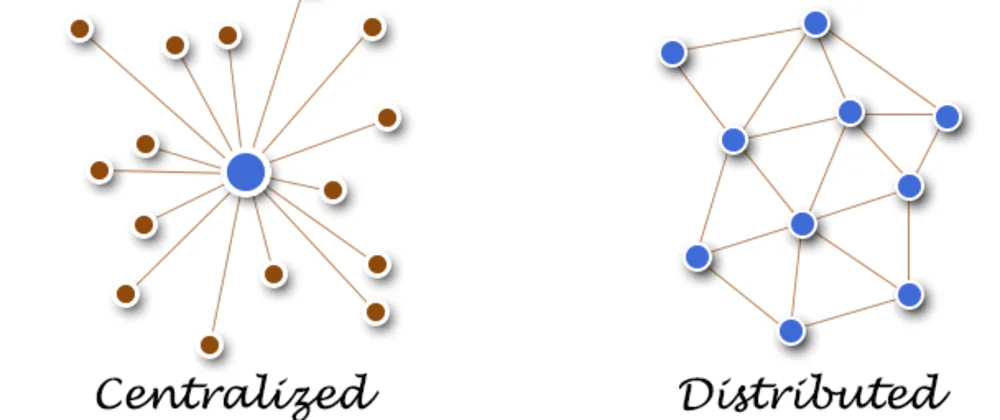
Bitcoin is a decentralized digital currency, without a central bank or single administrator, that can be sent from user to user on the peer-to-peer distributed network without the need for intermediaries. As part of the implementation, Nakamoto also devised the first blockchain database, a digital ledger technology. December 12, 2010 was the last time anyone heard from Satoshi publicly before he mysteriously disappeared. His final message: “There’s More Work To Do.”
A lot of work has been done since then, yet we’re still in the early stages of building a new ecosystem infrastructure for a world where the line between our physical and digital realities is barely visible. Networks powered by blockchain technologies have the potential to transform people’s lives in significant ways, including the billions still living without any access to financial services and assets.
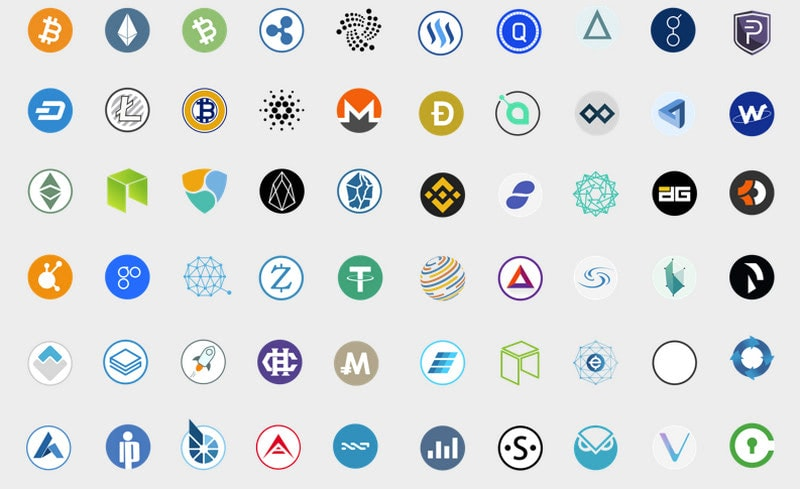
Cryptocurrencies (a.k.a. Crypto) and Non-Fungible Tokens (a.k.a. NFT) represent innovations utilizing blockchain technology. Crypto are fungible tokens. They are identical to each other, with a fixed value, and are therefore suitable as a medium of exchange and for commercial transactions.
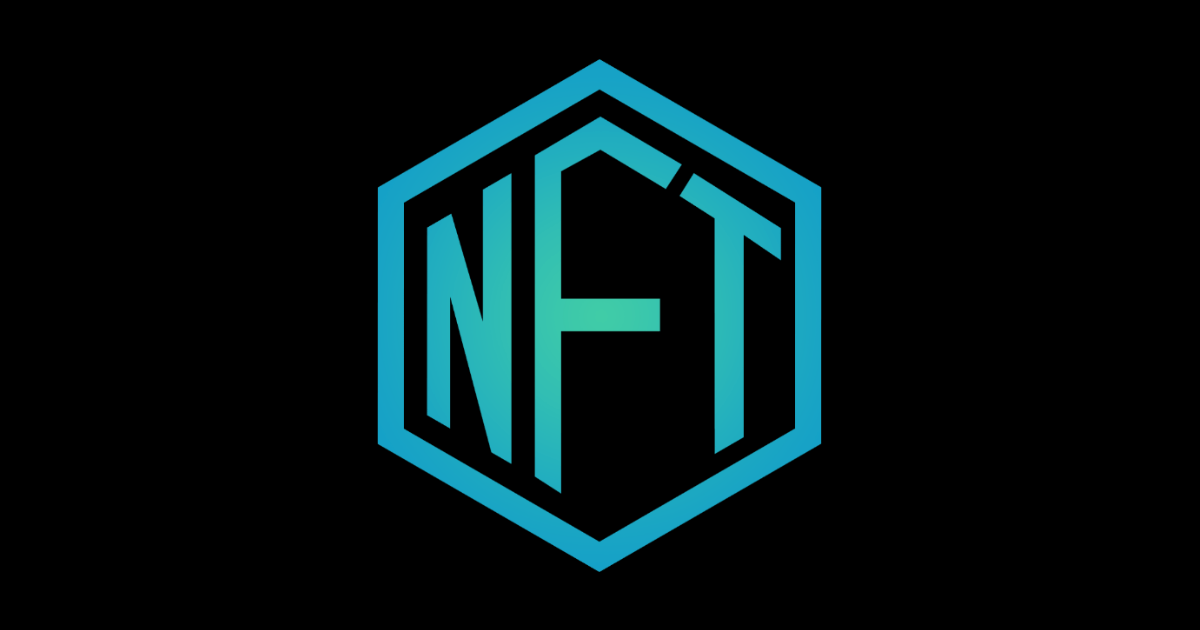
NFTs, on the other hand, are non-fungible tokens that do not have a fixed value. They can represent digital assets such as art, audio, video, and any other form of creative work. These NFT's can be tracked and traded, providing anyone with immutable proof of ownership without the need for a trusted centralized party.
Today, all cryptocurrencies represent a total market size in U.S. dollars around 2 trillion while NFTs, driven by digital art and collectables, reached $41 billion value in 2021. These markets wouldn’t exist if not for the other Satoshi’s contribution to humanity.
Now imagine if the two Satoshis had met for a collaboration, intertwining story and digital assets, spurring each other on to greater heights as they interrelate across multiple storylines and universes generated by the communities, fans of both Satoshis.
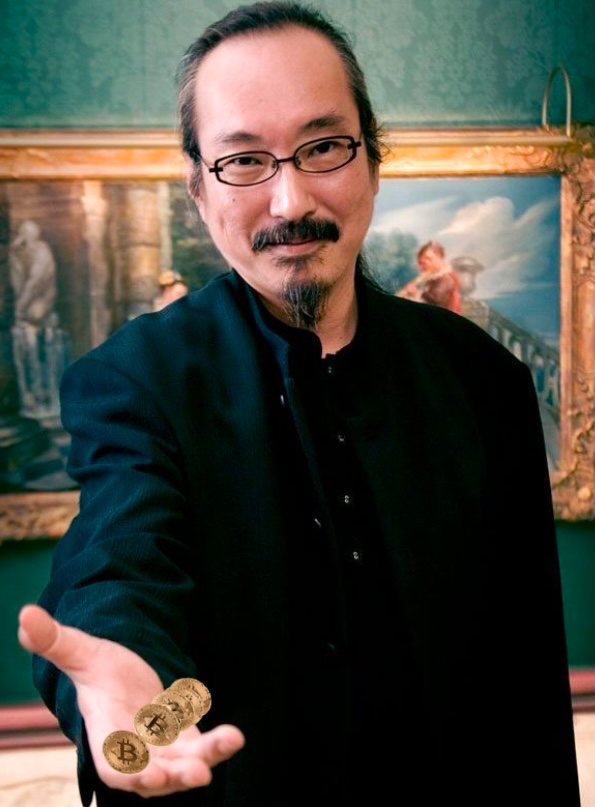
It’s not difficult to see how Crypto/NFTs could be seen as a new source of funding for projects like Opus Anime. The question is what innovation can it add to the current system?
After all, Masao Maruyama is a legendary producer who has lived thru the history of the modern anime industry. Since his career began in the 1960s, he’s seen innovations in media creation and distribution like VHS, DVD, Blu-Ray, and most recently Internet streaming come and go.
These technologies have given access to new consumer markets worldwide, incentivizing distributors, toy/merchandising companies, and financiers to fund new development and production to meet the growing demand. How different can Crypto/NFT be?
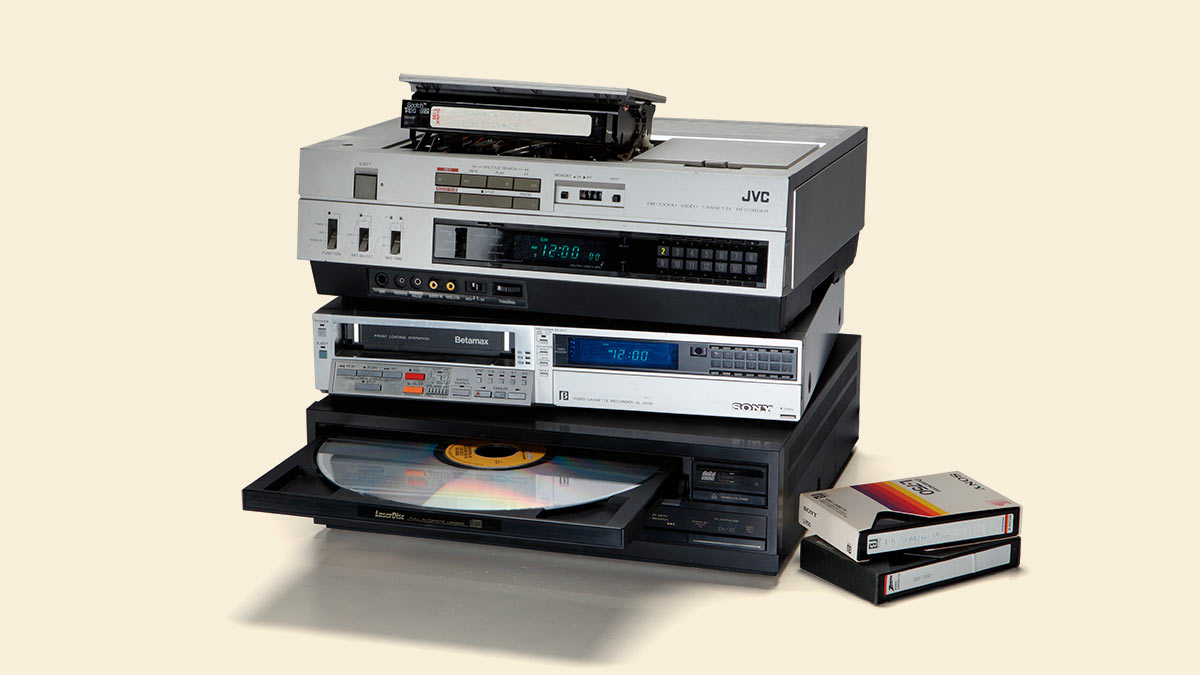
To provide my answer, I must first introduce you to another rising concept in blockchain technology called decentralized autonomous organization (a.k.a. DAO). A DAO enables effective and frictionless coordination of people, assets, and money via the Internet natively, using computer code (i.e. smart contracts) to define and automate the rules and behaviors allowed by the members of this organization.
I’d like to share an excellent excerpt about DAO from a post by PCMag. They define it as “…a group of people who agree to abide by certain rules for a common purpose. Those rules are written into the code of the organization via smart contracts—algorithms that run when certain criteria are met. Everyone agrees to buy into the organization, and it can have pretty much any purpose. There’s no central governing authority, hence the “decentralized” part.
"DAOs operate on a flattened hierarchy; that is, everyone has a stake and no one person owns or controls the entire thing. Every DAO has a built-in treasury to store its cache of digital currency that members can only access with approval by the group, and decisions affecting the group are made collectively during a set period.”
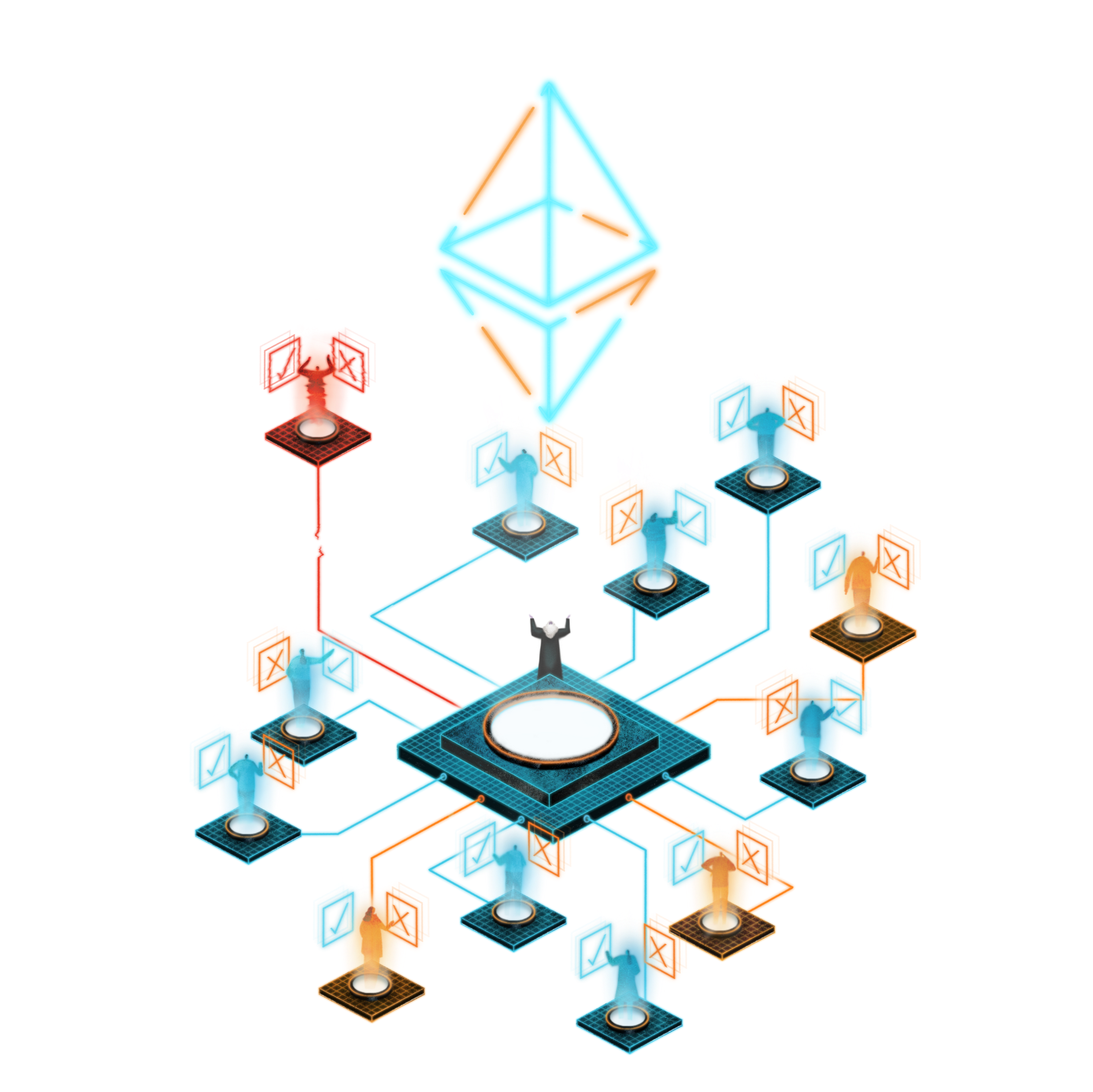
The framework of my proposal to Tony are driven by two core questions:
-
What If a group of investors, fans of both Satoshis, are invited to come together to co-invest in Opus Anime using Crypto/NFT/DAO ?
-
What foundational change will their participation bring to improve the economic outcome of the project, including artists’ pay?
Throughout the history of media entertainment business, content and money have always co-existed as separate assets, owned and governed under centralized entities (i.e. studios, distributors). What happens when content and money become part of the same asset, owned and managed by a community of stakeholders using a Crypto/NFT/DAO ?
How does the system change when streaming a second of content may also mean streaming a second's worth of money? What would it mean for the creators when this money gets distributed directly to them without the need for a “trusted” intermediary to do the accounting and process the payments?
These thought-provoking questions just scratch the surface of what’s possible. Tony fully understood the significance of this moment and its potential to have implications for many generations but warned me to proceed with caution. He reminded me of the differences in the mindset and culture between the two groups we aspire to merge: the transformative nature of the blockchain stakeholders and the traditional customs of the anime industry’s influentials.
In my fourth and final post of this series, I share specifics on how we plan to use Crypto/NFT/DAO to support Opus Anime and undertake an initiative that could shape the future of how anime projects are created, consumed and owned. I'll also explain how we bridge the gap between blockchain innovations and industry traditions.
__________________________________________________________________________________________
For Part 1:
For Part 2:
